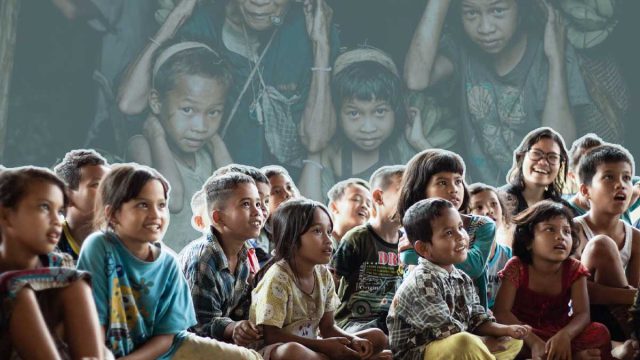Child labour remains a global concern, affecting 218 million children worldwide, with one in four children in the world’s poorest countries engaged in hazardous work. This issue demands our urgent attention and collective action to ensure the safety, health, and education of our young generation. In this article, we will explore seven effective ways to combat child labour and work towards a future where every child can flourish.
1. Stakeholders’ Responsibility
Child labour is a symptom of deeper social and economic problems. To combat it effectively, all stakeholders must take responsibility. Governments should uphold and enforce international agreements that prohibit child labour. Companies must prioritize employing adults instead of children in their workforce, ensuring fair labour practices. Importantly, consumers must be conscious of their purchasing choices, avoiding products made using child labour. By working together, we can create a demand for ethically produced goods, leading to a decline in child labour practices.
2. Increased Access to Education
Education is a powerful weapon against child labour. Many children end up working due to the lack of affordable and quality education options. Therefore, it is essential to increase access to education for all children. Businesses, both large and small, can play a crucial role by raising awareness about the importance of education in their workplaces, industries, and communities. Collaboration with local schools and NGOs can help provide scholarships, books, and other resources to make education accessible to underprivileged children.
3. Support for Working Children
Children engaged in labour are at greater health and safety risks due to their lack of work experience and inadequate supervision. To address this, we must provide comprehensive support for working children. Companies can ensure that child workers receive proper training and safety guidelines. Additionally, communities and NGOs can set up programs to mentor and guide these children, empowering them to protect themselves in the workplace.
4. Promoting Economic Growth
One significant factor driving child labour is poverty. When families struggle to make ends meet, they often resort to sending their children to work for additional income. To combat this, we must focus on promoting economic growth and reducing poverty. Governments can invest in job creation initiatives, while businesses can support fair wages and income-generating opportunities for parents. By lifting families out of poverty, we can break the cycle of child labour.
5. Engaging with Sustainable Development Goals
The Sustainable Development Goals (SDGs) provide a roadmap for building a better world for all, including children. By aligning efforts with SDG 8.7, which aims to eradicate forced labour and end child labour in all forms by 2025, we can work towards a common goal. In regions like sub-Saharan Africa, where extreme poverty and natural disasters increase the risk of child labour, a comprehensive approach that addresses social, economic, and environmental challenges is necessary.
6. Addressing Social Norms and Legislation
Social norms and cultural beliefs can perpetuate child labour by considering it acceptable for children to work or treating adolescent children as adults. To eliminate child labour, we must challenge these norms and create a culture that values education and the well-being of children. Governments must enforce existing legislation and develop new policies to protect children from exploitation. Adequate allocation of resources is essential to implement and monitor the effectiveness of these initiatives.
7. Partnerships and National Action Plans
Combatting child labour requires collaboration between governments, non-governmental organizations, businesses, and communities. By forging strong partnerships, we can share knowledge, resources, and expertise to maximize the impact of our efforts. National Action Plans, like the one developed in Ghana, can serve as guiding frameworks to reduce child labour prevalence and ensure compliance with international standards.
Eliminating child labour is not an easy task, but it is a crucial one for securing a brighter future for our children. By taking responsibility, promoting education, supporting working children, fostering economic growth, engaging with sustainable development goals, addressing social norms and legislation, and forming partnerships, we can collectively eradicate child labour in all its forms. Together, let’s ensure that every child has the right to a safe, healthy, and promising childhood. As Nelson Mandela wisely said, “There can be no keener revelation of a society’s soul than the way in which it treats its children.”
Read more from the section: Perspective

















